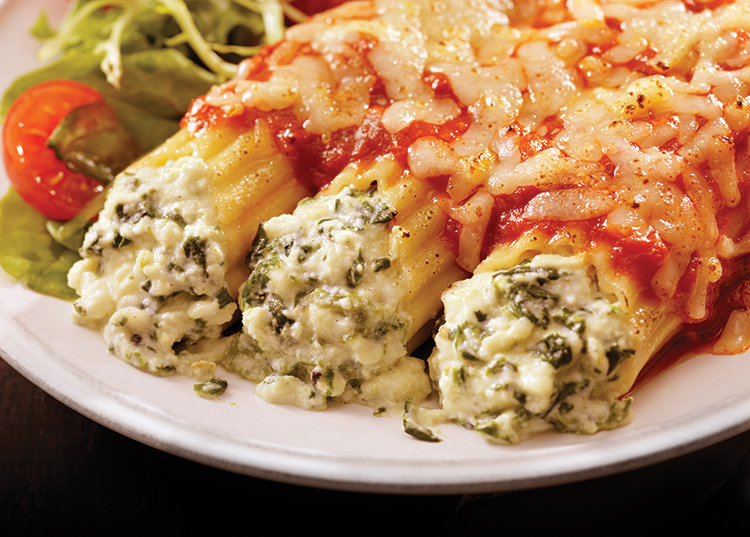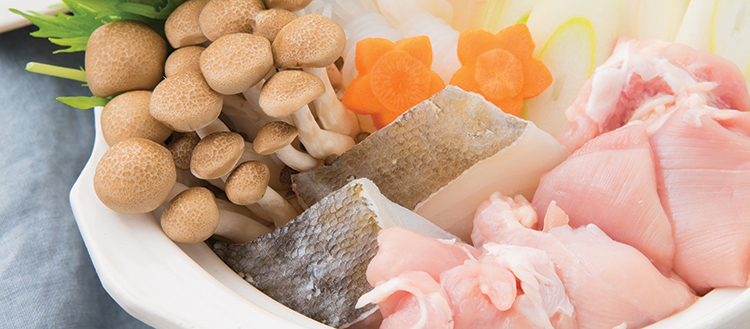Sweet Potatoes
by Peggy Paul Casella
They might not be as flashy as other super foods, but sweet potatoes pack a serious nutritional punch, and have impressive concentrations of fiber, potassium and other essential nutrients. Most notably, sweet potatoes are one of the most potent natural sources of beta-carotene and other pigment-related antioxidants, which have been shown to boost the immune system, prevent cognitive decline, reduce inflammation in the body, and even aid in blood sugar regulation. And the best part? These tuberous root vegetables are available year-round, bringing vibrant color to your table even in the coldest winter months.
Sweet potatoes hail from the morning-glory family of plants and originate in the tropics of Central and South America, where they have been used as a food source since prehistoric times. However, it wasn’t until the 16th century that farmers in North America began to cultivate this ancient crop. Now, there are hundreds of varieties worldwide, ranging in color from creamy white to reddish-orange and purple, and in texture from soft and moisture-rich to firm and dry.
When so-called “soft,” orange-fleshed sweet potatoes were first cultivated in the Americas, African slaves called them yams, because they reminded them of the familiar tuber that was commonly grown in their homeland. Even though the two plants are not botanically related and have very different attributes (yams are starchier and drier than sweet potatoes, with blackish-brown, bark-like skin), this misnomer took hold and is still used today to identify the softer, sweet potato varieties. True yams are very rare in the United States; chances are, unless you’re shopping in an international market, what you find in the “yam” bin or basket will technically be a sweet potato.
If you’re in search of that classic sweet potato-y flavor and soft, pillowy texture, look no further than the orange-and-reddish-fleshed Beauregards, Garnets or Covingtons (great for mashing, roasting, soups and stews, casseroles and desserts). White-fleshed sweet potatoes tend to be drier, starchier and less sweet (great for candying and gratins); and purple-fleshed sweet potatoes are richly flavored, with a slightly firmer texture than their orange counterparts (great for roasting, casseroles and other savory applications). Choose sweet potatoes that are firm and without bruises, cracks or soft spots, and store them in a cool, dry place—not in the refrigerator! Temperatures below 55 F will cause their cores to harden and their flavor to deteriorate. Also, leave the skins on whenever possible, as they contain high amounts of fiber, potassium and antioxidants.
Uses: Roast them, bake them, mash them, toss them into salads, soups, stews, chilies, casseroles and gratins. Shred them for latkes and potato pancakes. Fry them in a skillet for breakfast hash. Juice them. Cook and purée them for smoothies, parfaits, gnocchi, hummus and baked goods.
Yukon & Sweet Potato Gratin with Fresh Herbs
Ingredients:
1 ½ lbs medium Yukon potatoes
1 ½ lbs medium sweet potatoes
2 cups heavy cream
¼ cup unsalted butter
3 garlic cloves, minced
1 tbsp minced each: flat-leaf parsley,
sage, rosemary and thyme
1 ½ tsp fine sea salt
¾ tsp fresh ground black pepper
1 ½ cup coarsely grated gruyere cheese, packed
Directions:
Preheat the oven to 400 F.
Peel and cut the potatoes into 1/8-inch thick slices, and place the slices in
an ice water bath. Set aside.
Combine the cream, butter and garlic in a medium saucepan over medium heat; bring to a simmer, stirring constantly, then immediately remove the pan from the heat.
Toss the herbs together in a small bowl. In another small bowl, mix together the salt and pepper.
Butter a 14-inch oval baking dish. Drain the potatoes, and pat dry. Spread half of the potatoes in the bottom of the baking dish, sprinkle with half of the salt-pepper mixture, half of the herb mixture and half of the cheese. Repeat with the remaining potatoes, salt-pepper mixture, herbs and cheese. Pour the cream mixture over top, pressing lightly to submerge the potatoes as much as you can in the liquid.
Cover the gratin tightly with foil and bake for 30 minutes. Uncover and bake for another 25 minutes, until the top is golden and most of the liquid is absorbed. Remove the gratin from the oven and let it stand for 10 minutes at room temperature before serving.
Peggy Paul Casella is a cookbook editor, writer, urban vegetable gardener, produce peddler and author of the blog Thursday Night Pizza.











